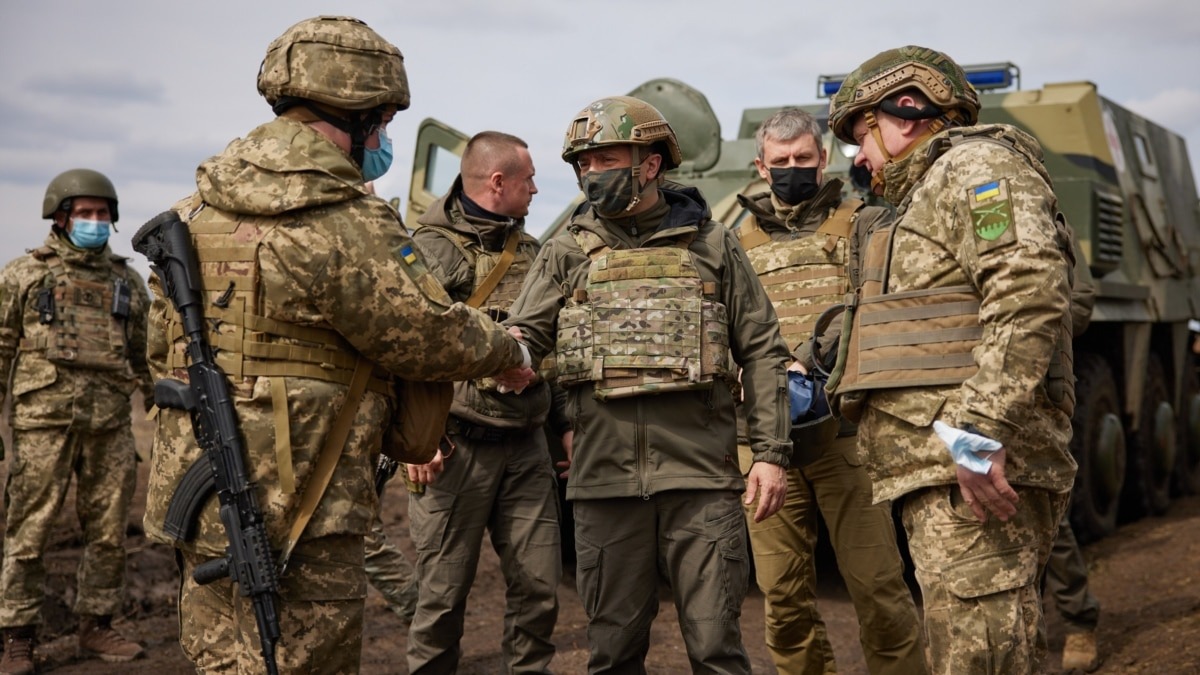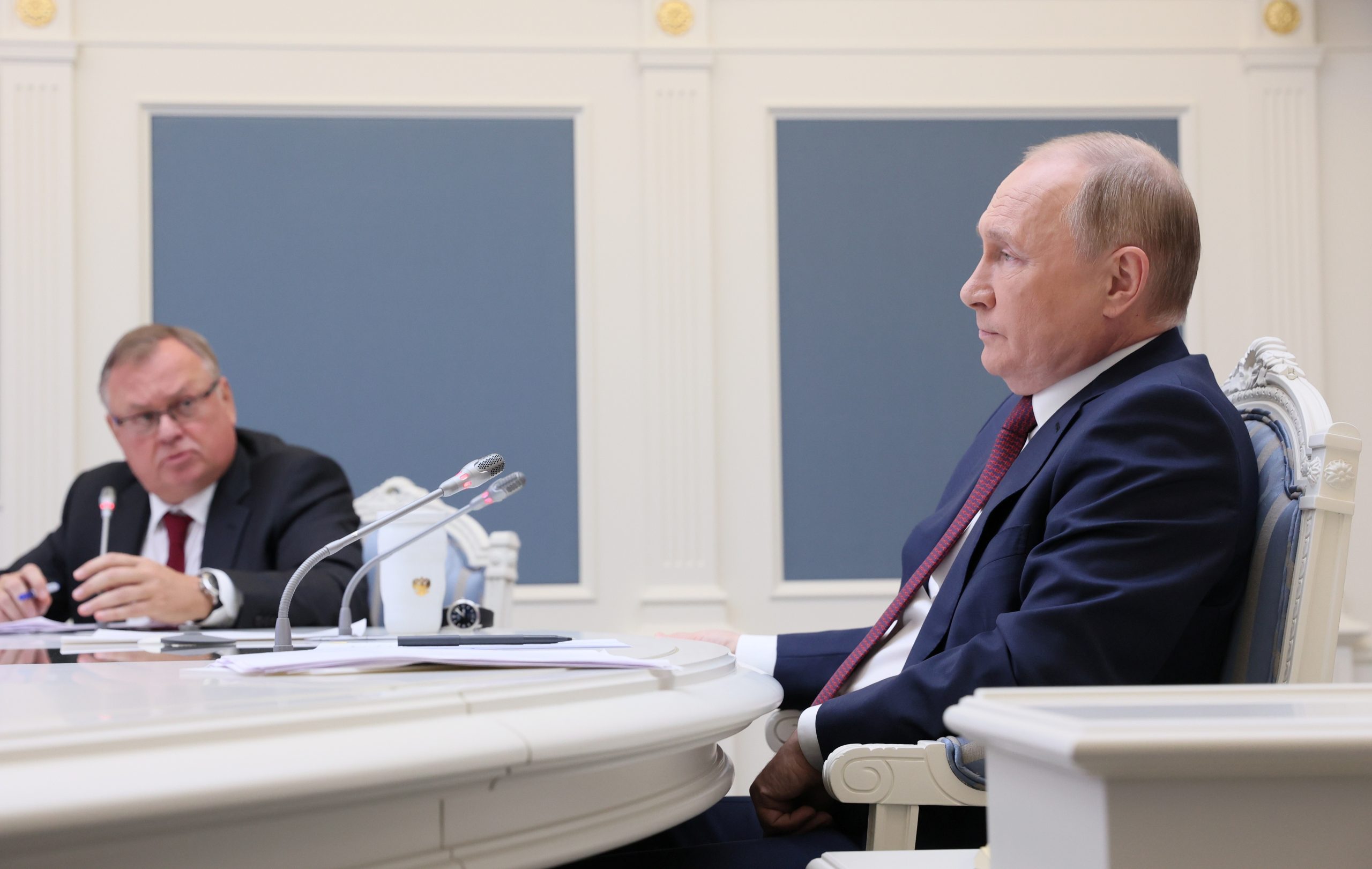NATO has confidentially and unofficially identified at least two “red lines” that could lead to the Alliance’s direct intervention in the war in Ukraine, according to Repubblica.
While there are currently no operational plans for deploying troops to Ukraine, these “red lines” represent potential plans for extraordinary circumstances, such as third-party involvement in the war.

The First “Red Line”
The first “red line” focuses on direct or indirect involvement by a third party, such as a possible breakthrough in northwestern Ukraine, creating a corridor between Ukraine and Belarus. This would directly involve Minsk in the war, making its troops and arsenal crucial for Moscow and potentially activating defense favoring Ukraine.
The Second “Red Line”
The second “red line” concerns military provocation against the Baltic States or Poland or a deliberate attack on Moldova. This could be a military strike to test the reaction of the West, potentially attempting to exploit NATO’s perceived distraction during the election season in Europe and the United States. However, the Alliance has clarified that it will not tolerate such aggression.

NATO and the War in Ukraine
In early April, NATO Secretary General Jens Stoltenberg acknowledged that the war in Ukraine could last for years, presenting two scenarios: either NATO allies provide assistance to Ukraine, and the Ukrainian Armed Forces regain more territory, or the situation in Ukraine becomes even more dangerous.
Meanwhile, the Main Intelligence Directorate has warned that Russia could capture the Baltic countries within a week, although a NATO response would take a whole decade.
These “red lines” highlight the complicated and delicate situation in Ukraine and the potential for escalation into a wider conflict. While NATO has no immediate plans for direct intervention, these scenarios warn of the potential consequences of further aggression.

